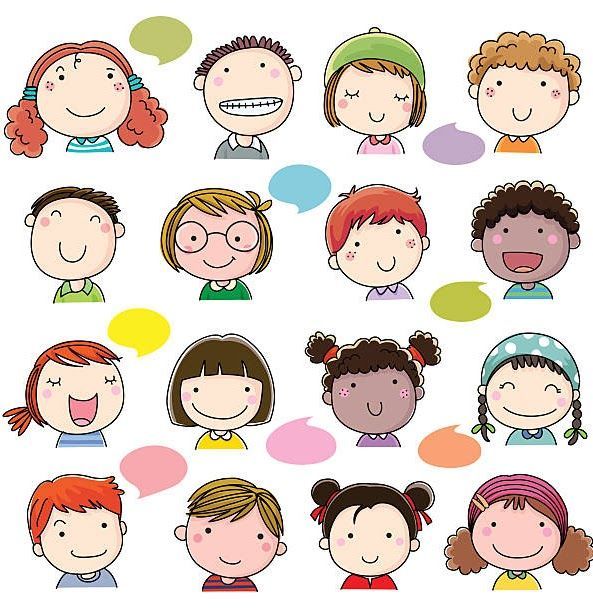Typical Language Development
Typical Language Development

Communication is a vital aspect of human interaction, and it starts from the very first moments of life. From crying and gurgling to forming coherent sentences, a child's communication development is a fascinating process to witness. In this blog post, we will explore the typical stages of a child's communication development.
The First Year
The first year of a child's life is marked by a series of developmental milestones. From birth, a child will communicate through crying, cooing, and babbling. These early sounds may not have any meaning, but they are the foundation for more complex communication later on.
Around 2-3 months, babies start to coo, making vowel-like sounds such as "ooh" and "ahh." As they approach six months, they will start to babble, repeating syllables such as "ma" or "ba." By the end of the first year, most children will be able to say simple words such as "mama" or "dada."
The Second Year
Between the ages of one and two, children's communication skills begin to take off. They will start to use more words and begin to string them together to form simple sentences. At this stage, children may also start to understand simple instructions, such as "come here" or "give me the ball."
The vocabulary of a two-year-old child typically ranges from 50 to 200 words. They may still have trouble with some sounds, and their sentences may be short and simple, but they are making significant progress in their communication development.
The Third Year
As children enter their third year, they begin to master more complex language structures. They will be able to form more complex sentences and understand the use of pronouns such as "I" and "you." They may also start to ask more complex questions, such as "why?"
By age three, most children will have a vocabulary of around 1,000 words or more. They will be able to communicate their thoughts and feelings more effectively and start to use language to tell stories or share experiences.
The Fourth Year and Beyond
As children move into their fourth and fifth years, their communication skills continue to improve. They will be able to understand and use more complex sentence structures, use past and future tenses, and understand more abstract concepts such as time and space.
By age five, most children will have a vocabulary of around 2,500 words or more. They will be able to communicate effectively with others, understand and follow more complex instructions, and express their thoughts and feelings with greater clarity.
In Conclusion
A child's communication development is a remarkable journey that takes place over many years. From the first cries and coos to complex sentences and abstract concepts, children learn to communicate in stages. As parents and caregivers, it's important to provide a supportive environment for children to develop their communication skills and celebrate their progress along the way.
